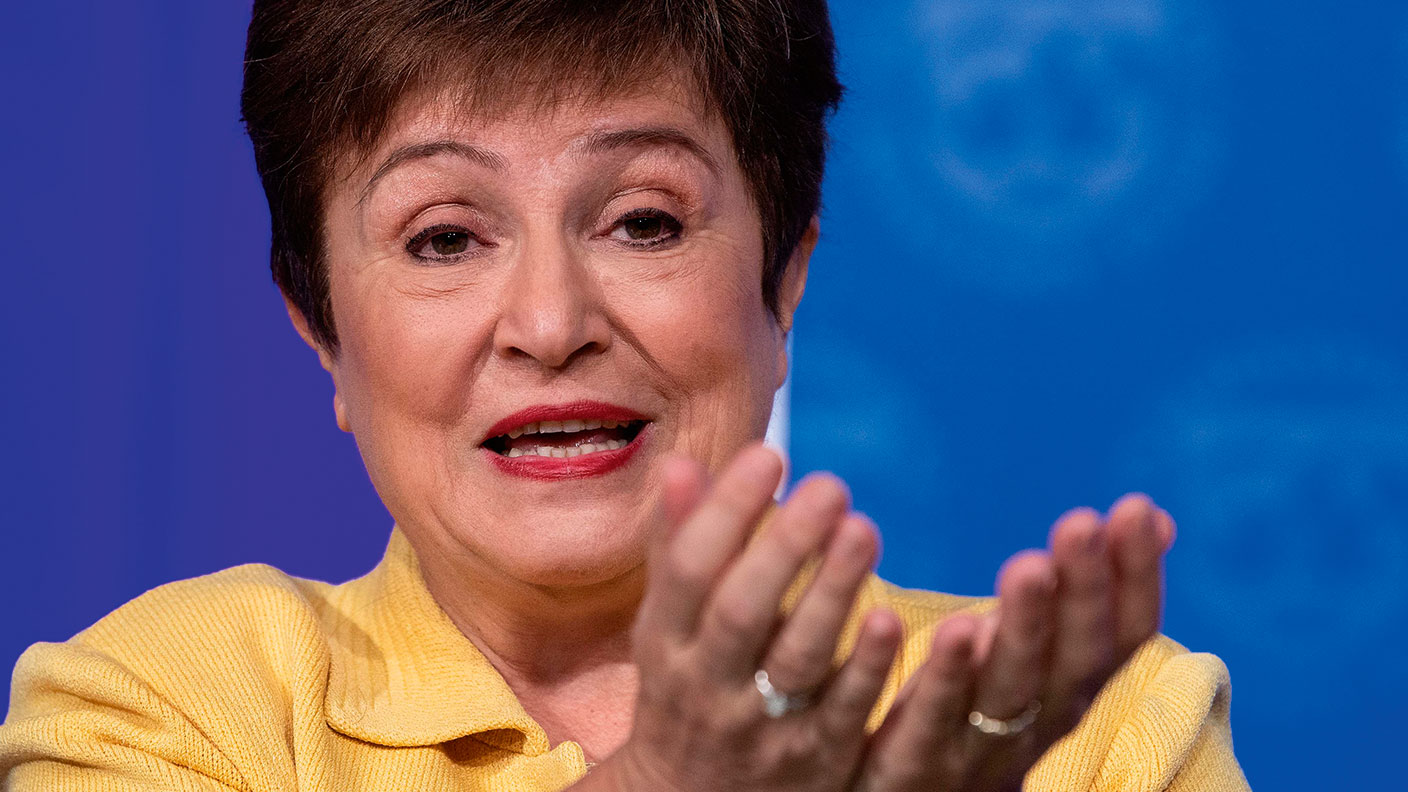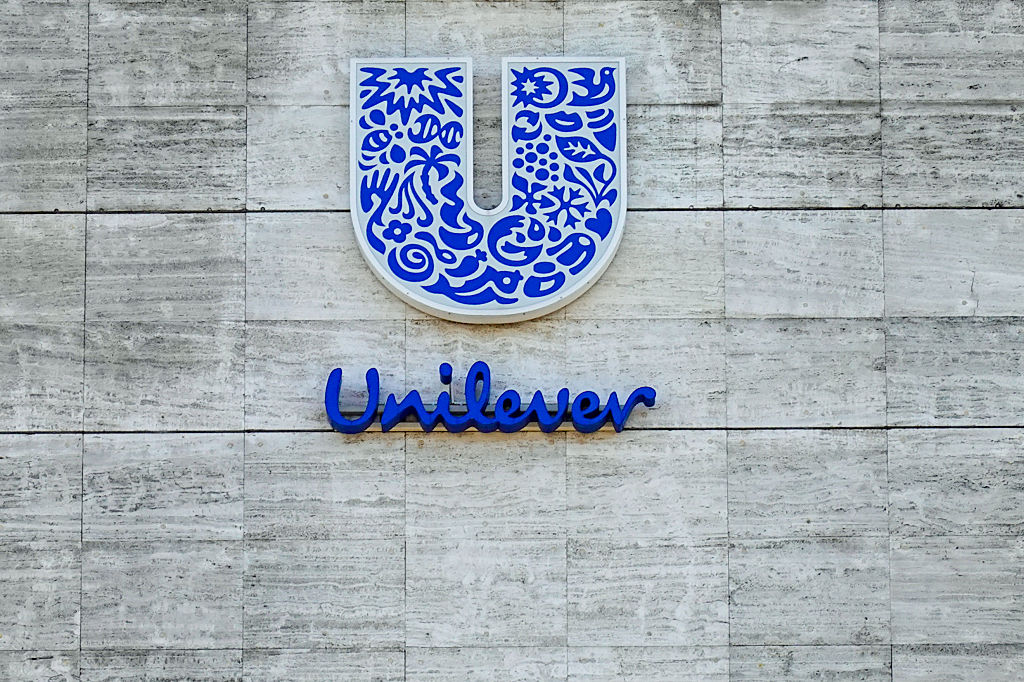The emerging-markets debt crisis
Slowing global growth, surging inflation and rising interest rates are squeezing emerging economies harder than most. Are we on the brink of a major catastrophe?

The IMF issued an ominous warning last week over rapidly-slowing global growth and the rising threat of an emerging-markets debt crisis. The fear is that the global slowdown, combined with surging inflation and rising interest rates, is likely to hit poorer and highly indebted countries especially hard by causing a slump in inward investment and driving down their currencies.
Emerging markets already facing debt distress would then be vulnerable to broader economic and social crises – compounded by emergency fiscal retrenchments – entailing the kind of food and power shortages, social unrest and political meltdown now being seen in Sri Lanka.
Haven’t we heard this before?
Fears of an immediate debt crisis surfaced at the start of the coronavirus pandemic in early 2020, says David Lubin, Citi’s head of emerging markets economics, in the Financial Times. But in the short term those worries proved overblown.
MoneyWeek
Subscribe to MoneyWeek today and get your first six magazine issues absolutely FREE

Sign up to Money Morning
Don't miss the latest investment and personal finances news, market analysis, plus money-saving tips with our free twice-daily newsletter
Don't miss the latest investment and personal finances news, market analysis, plus money-saving tips with our free twice-daily newsletter
First, the dramatic loosening of monetary policy by the US Federal Reserve and other big central banks supported risk appetite globally and kept capital markets open to emerging-market borrowers. Second, massive fiscal stimulus by policymakers helped generate a surge in global trade. Third, says Lubin, the IMF supported developing countries’ financial stability with emergency funds. Now, though, that relatively benign picture has changed dramatically.
How so?
Even before the Ukraine war introduced new threats to the global economy, the combination of tighter US monetary policy and a sharp decline in global trade growth was starting to hamper the ability of lower-income countries to get hold of dollars. In 2013 just the hint from the US Federal Reserve that it would scale back quantitative easing was enough to move money out of emerging markets. What might happen now in the event of a significant unwinding of the Fed’s balance sheet remains to be seen – but the prospects are “grim”, says the FT.
The war in Europe has hit emerging markets with a “triple whammy”, says The Economist. The first blow is the potential for a short-term drying up of liquidity – and a broader “flight to safety” that raises the cost of borrowing across emerging markets and increases the burden of debt. The second is the broader macroeconomic picture of lower growth, and food and energy price shocks. The third is the likelihood of a long-term change in willingness to lend to high-risk sovereigns.
Russia’s war – and the West’s “shock-and-awe financial and economic response” – are another jolt to a global economy that has recently weathered trade wars, a pandemic, supply-chain disruptions and an increasingly unpredictable policy environment. All of that could spell a permanent reassessment of how to price geopolitical risk, increasing the cost of funding for emerging markets.
How much money is at risk?
According to the Washington DC-based Institute of International Finance, emerging-market bonds and loans maturing by the end of next year total around $9trn. Compared with the emerging-markets debt crises of the 1990s, far more debt is denominated in local currency, and fewer exchange rates are pegged rigidly to the dollar, cutting the risk. But even if an estimated 85% of that debt is in local currency, well over $1trn is directly exposed to rising US rates, says Jamie McGeever of Reuters. Total emerging-market public debt stands at around 66% of GDP, according to the IMF, virtually doubling since 2008. “That debt explosion was serviceable only because global rates collapsed to virtually zero after the 2008 crisis.” As they rise, it won’t be.
How bad are things already?
According to the IMF, the number of low-income countries at or near debt distressed levels has doubled from 30% in 2015 to 60% now. The Ukraine war, which started in late February, has created “a crisis on top of a crisis”, says Kristalina Georgieva, the fund’s managing director, with many issuers hit by capital outflows and bond yields far above pre-pandemic levels.
What makes the situation “particularly worrying”, says Simon Nixon in The Times, is “the lack of any tested mechanism for restructuring sovereign debt”. That’s bound to be needed (and has already been requested by Chad, Ethiopia and Zambia) as conditions deteriorate and the pressure on governments grows. The whole question is complicated by big changes in who’s doing the lending.
Today, the Paris Club of rich creditor countries accounts for about 11% of external emerging-market debt, compared with 28% in 2006. China’s share has jumped from 2% to 18%, and the share sold to private investors has risen from 3% to 11%. All that makes restructuring debt “a far more complex business”.
Why is it more complex?
Because the range of lenders is more fragmented and trust is in short supply. China, which has “made debt diplomacy a core feature of its global assertiveness, has made clear that it has little interest in co-operating with other lenders”. And although the G20 agreed a new framework for restructuring low-income country debt in 2020, it’s impact has been marginal.
From March 2020 until December 2021, the G20’s “debt service suspension initiative” suspended a total of $10.3bn, whereas in the first year of the pandemic alone, low-income countries accumulated a debt burden totalling $860bn, according to World Bank figures. The reason this matters so much, says Nixon, is that a debt crisis in emerging markets could readily widen – in the same way the eurozone crisis did – into a broader banking, financial and economic crisis.
The stakes are high – and the pressure is on for richer countries to work together to address the issue. “The alternative hardly bears thinking about.”
SEE ALSO:
• The bond-market bloodbath isn’t over yet
• Indonesia aims to step up its economic growth
• Why food and fuel subsidies will push up debt
Get the latest financial news, insights and expert analysis from our award-winning MoneyWeek team, to help you understand what really matters when it comes to your finances.
Simon Wilson’s first career was in book publishing, as an economics editor at Routledge, and as a publisher of non-fiction at Random House, specialising in popular business and management books. While there, he published Customers.com, a bestselling classic of the early days of e-commerce, and The Money or Your Life: Reuniting Work and Joy, an inspirational book that helped inspire its publisher towards a post-corporate, portfolio life.
Since 2001, he has been a writer for MoneyWeek, a financial copywriter, and a long-time contributing editor at The Week. Simon also works as an actor and corporate trainer; current and past clients include investment banks, the Bank of England, the UK government, several Magic Circle law firms and all of the Big Four accountancy firms. He has a degree in languages (German and Spanish) and social and political sciences from the University of Cambridge.
-
 UK blue chips offer investors reliable income and growth
UK blue chips offer investors reliable income and growthOpinion Ben Russon, portfolio manager and co-head UK equities, ClearBridge Investments, highlights three British blue chips where he'd put his money
-
 Rightmove: Asking prices set to rise 2% in 2026 after post-Budget market rebound
Rightmove: Asking prices set to rise 2% in 2026 after post-Budget market reboundBuyers and sellers who held off in anticipation of the Budget will come back to the market and contribute to asking prices increasing next year, according to Rightmove
-
 British blue chips offer investors reliable income and growth
British blue chips offer investors reliable income and growthOpinion Ben Russon, portfolio manager and co-head UK equities, ClearBridge Investments, highlights three British blue chips where he'd put his money
-
 Coreweave is on borrowed time
Coreweave is on borrowed timeAI infrastructure firm Coreweave is heading for trouble and is absurdly pricey, says Matthew Partridge
-
 Renewable energy funds are stuck between a ROC and a hard place
Renewable energy funds are stuck between a ROC and a hard placeRenewable energy funds were hit hard by the government’s subsidy changes, but they have only themselves to blame for their failure to build trust with investors
-
 Profit from document shredding with Restore
Profit from document shredding with RestoreRestore operates in a niche, but essential market. The business has exciting potential over the coming years, says Rupert Hargreaves
-
 The war dividend – how to invest in defence stocks as the world arms up
The war dividend – how to invest in defence stocks as the world arms upWestern governments are back on a war footing. Investors should be prepared, too, says Jamie Ward
-
 Literacy Capital: A trust where great returns fund a good cause
Literacy Capital: A trust where great returns fund a good causeThere’s plenty to like about specialist private-equity trust Literacy Capital, says Max King
-
 An AI bust could hit private credit – could it cause a financial crisis?
An AI bust could hit private credit – could it cause a financial crisis?Opinion Private credit is playing a key role in funding data centres. It may be the first to take the hit if the AI boom ends, says Cris Sholto Heaton
-
 8 of the best ski chalets for sale now
8 of the best ski chalets for sale nowThe best ski chalets on the market – from a traditional Alpine-style chalet in Switzerland to an award-winning Modernist building in Japan’s exclusive ski areas